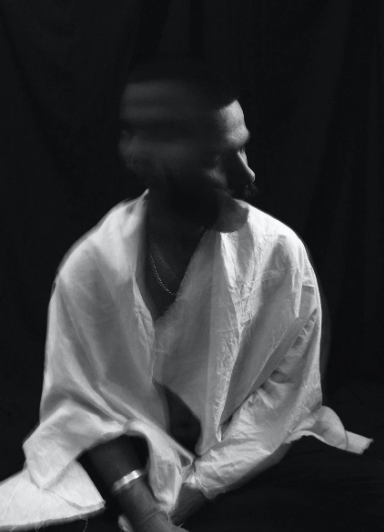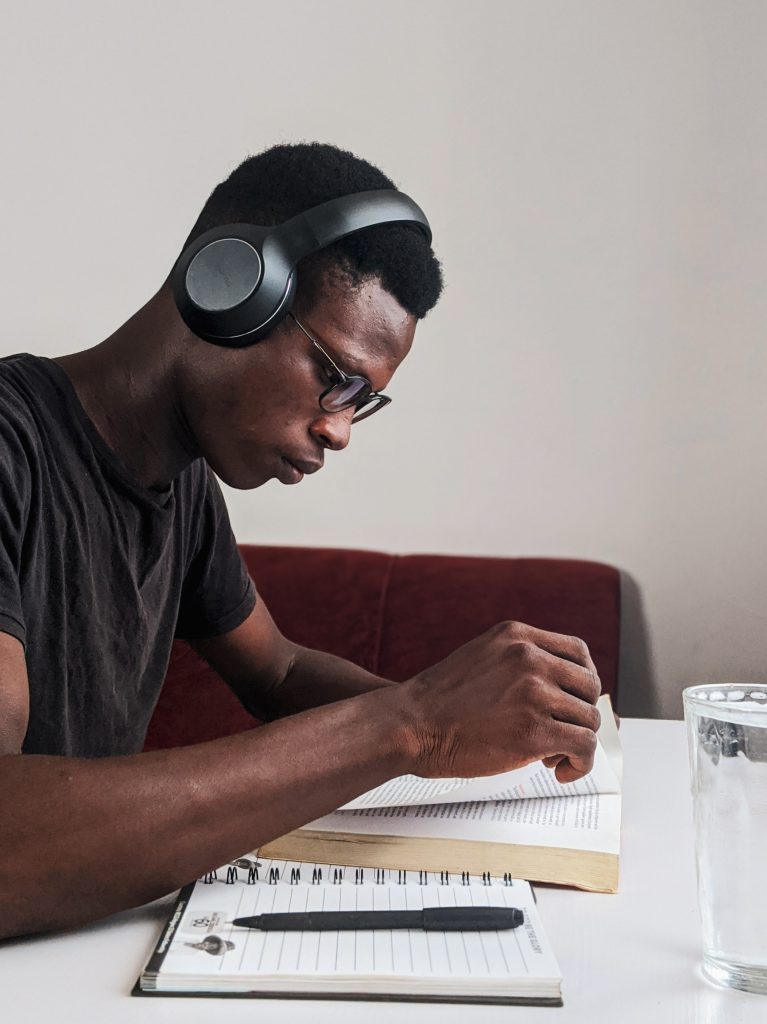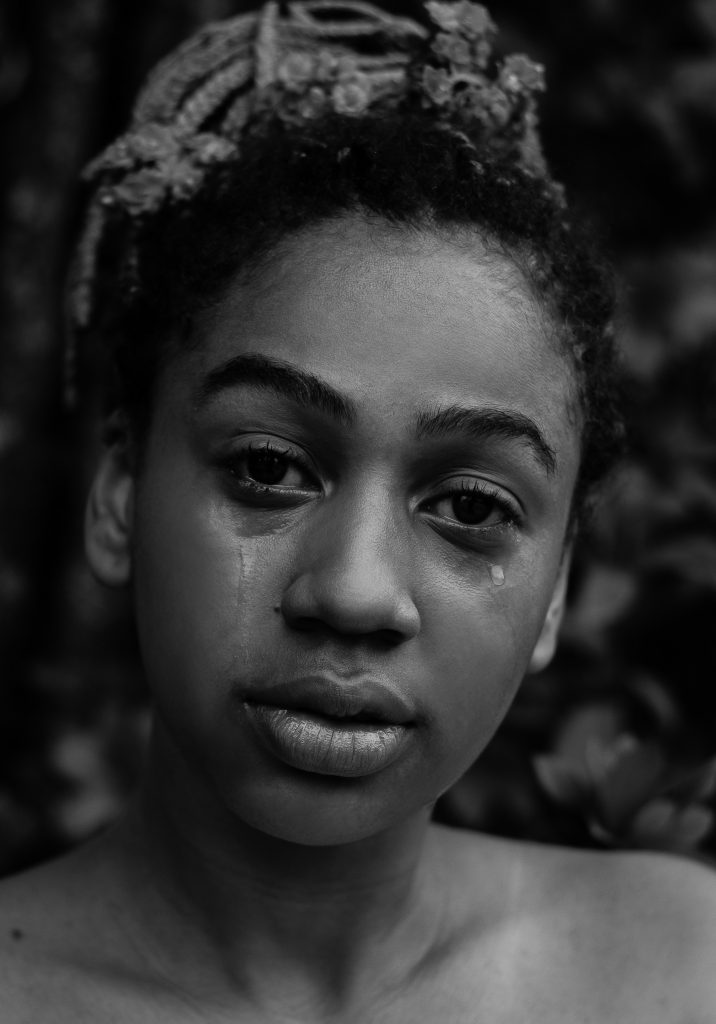
Racial trauma results from experiencing or witnessing race-based stressors or discrimination.
These experiences don’t occur in a vacuum but as a result of the White Racial Frame (WRF), articulated by American sociologist Joe Feagin.
The WRF is steeped in antiblackness or the dehumanization and marginalization of Black people in the U.S.
Racial Trauma and PTSD
Race-based stress and trauma can be similar PTSD (post-traumatic stress disorder). However, where PTSD can be caused by a single event, racial stress is ongoing, pervasive, generationally transmitted, and affects both individuals and collective communities.

“Threats and events of danger were part of the racial trauma [for Black college students], including police harassment. In one discussion, the facilitator noted that students shared ‘… reactions to the most recent police-involved shooting of two unarmed Black men in the preceding week. Students reported feeling sadness and anger. Notably, two students reported fearing for their lives in the hands of police as Black people.’”
(Grier-Reed et al., 2021, p. 8)
Antiblackness
Racial trauma is one way antiblackness is experienced. Antiblackness refers to the myriad of ways Black people are otherized and marginalized. In educational settings, other lived experiences of antiblackness include microaggressions, rejection, and systemic racism (Grier-Reed et al., 2021).

“One student shared that when Black students work together they tend to get policed and get more check-ins from instructors versus the White kids’ group.”
White Racial Frame
“The White racial frame (WRF) is a set of cultural narratives and symbols based in White supremacy and anti-blackness that shape perceptions, ideologies, and emotions in U.S. society. The WRF also shapes individual experiences” (Grier-Reed et al., 2018, p. 1).

“[It] can sometimes be like trying to belong to a club that you don’t fit into or doesn’t really want you to be a part of it. A number of students indicated that there have been times in this setting that they didn’t feel like they belonged here or experienced feelings of not being wanted here.”
(Grier-Reed et al., 2021, p. 9)
Racialized Labor
Racialized labor is the effort extended by Black individuals as they navigate racist and discriminatory environments. This additional work can result in them experiencing racial battle fatigue (Grier-Reed et al., 2020).

“… [S]tudents had to work at making other people comfortable. One facilitator captured an example of this racialized labor in a conversation where students discussed ‘the self-monitoring that African Americans need to do in order to be approachable.’”
(Grier-Reed et al., 2020, p. 113)
Racial Battle Fatigue
Racial battle fatigue can include feelings of anger, helplessness, fatigue, frustration, stress and numbness. Racial Battle Fatigue can negatively impact a student’s capacity to function in the classroom due to the emotional toll of navigating hostile environments (Grier-Reed et al., 2020).

“[S]tudents talked about feeling the strain of being a Black student on a primarily white campus . . . [one student] described her frustration of being one of two students of color in this class and not feeling as though the teacher created space for the students’ of color experiences.”

Racial trauma, racialized labor and racial battle fatigue arise from navigating a society that places inherent value in Whiteness while marginalizing and discriminating against Black people. The longevity of this experience is evident in the historical trauma of African Americans.

